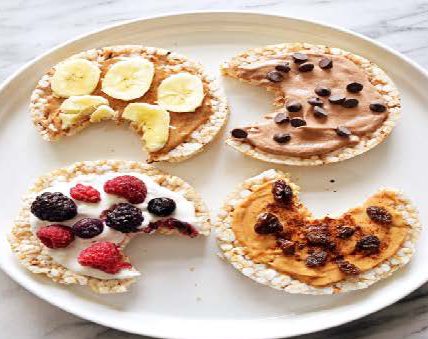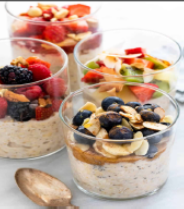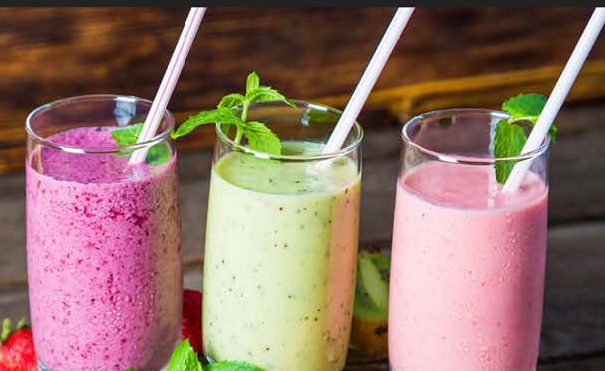by: Doa Jamal, Francis College of Engineering Well-being Leader
Ramadan is the holy month for Muslims (the 9th month of the Islamic lunar calendar) where Muslims fast, no eating or drinking (no, no even water!), each day from sunrise to sunset. This year, Ramadan starts on March 22nd with the first day of fasting being March 23rd. Muslims fast during the month of Ramadan as a major act of worship. It is one of the five foundational pillars of Islam (the religion). By restricting the body’s appetites during daylight hours, Muslims renew their spirituality, repair their religious conscience, and improve their devotion to God. Another reason Muslims fast is to practice mindfulness and be grateful to Allah (SWT) (Also known as God, the same God as the other two Abrahamic religions) for all that they have. Fasting all day makes people grateful for all that they have, especially food and water, which many people in other countries do not have. Ramadan, the holy month of worship, also encourages Muslims to make changes for the better by switching their habits for a month. They are more likely to keep the good habits after the holy month is done. For example, lying and backbiting are sins but they are still commonly done. By practicing not to do these during the holy month, good behavior is encouraged to not be done at all.
Fasting is not just a religious thing only limited to Islam. Many people fast for other reasons such as for their religion, health-related reasons, to increase their spirituality, and more.
Fasting has both physical and spiritual benefits. When fasting, by denying the body of its physical basic need for food, the individual instead focuses not on their body but their faith and spirituality. Spiritual benefits include: purifying the soul, inspiring self-reflection, increasing empathy and good deeds, and being better attuned to the world around you.
There is growing research that supports fasting being healthy and having many health benefits:
1. Fasting promotes blood sugar control by decreasing blood sugar levels and reducing insulin resistance.
2. Fasting promotes better health by fighting inflammation. Some studies have found that fasting may reduce multiple markers of inflammation and be useful in treating inflammatory conditions.
3. Fasting is associated with a lower risk of coronary heart disease and could help lower blood pressure, triglycerides, and cholesterol levels.
4. Fasting could boost brain function and prevent neurodegenerative disorders. Animal studies have shown that fasting could improve brain function, increase nerve cell synthesis, and protect against neurodegenerative diseases, such as Alzheimer’s disease and Parkinson’s.
5. Fasting can help weight loss by limiting calorie intake and increasing metabolism.
6. Fasting increases growth hormone secretion, which is important for growth, metabolism, weight loss, and muscle strength.
7. Fasting may extend longevity. Animal studies have found that fasting could delay aging and increase longevity, however, there is a lack of human research on this topic so far.
8. Fasting could help in cancer prevention and treatment. Some animal and test-tube studies reveal that fasting may block tumor development and increase the effectiveness of chemotherapy.
Other health benefits can include: increasing cognitive performance, protecting from obesity and associated chronic diseases, improving overall fitness, and decreasing the risk of metabolic diseases.
Since fasting has a major impact on an individual’s health, certain populations should avoid fasting. Individuals who are underweight, struggling with weight gain, at risk for an eating disorder, pregnant, or breastfeeding should avoid fasting. People, especially the elderly, with health conditions such as diabetes, kidney problems, or heart disease are not recommended to fast. It is not recommended to fast if you have necessary medication to take. If you’re considering fasting, talk with your health care provider first.
In Islam, all healthy, able-bodied, and of-age Muslims must observe the holy month and fast the entire month of Ramadan. Children who haven’t reached puberty, pregnant women, nursing mothers, women experiencing their menstruation cycle, individuals who are traveling, and people with health conditions are exempt from fasting during the month but must make it later if they are able to.
Now that you know a little about Ramadan, you can celebrate and exchange greetings with your Muslim friends by saying “Ramadan Kareem,” which translates into “Have a generous Ramadan,” or “Ramadan Mubarak,” which roughly translates into “Happy Ramadan.” After the holy month is done, the next day is the Islamic holiday, Eid-al-Fitr. The greeting changes to “Eid Mubarak!” to celebrate the efforts made throughout the holy month.
Ramadan Mubarak everyone!
Sources:
- https://yaqeeninstitute.org/what-islam-says-about/ramadan
- https://www.healthline.com/nutrition/fasting-benefits
- https://www.bouldermedicalcenter.com/intermittent-fasting-and-health/
- https://www.healthyhildegard.com/spiritual-fasting/#:~:text=The%20practice%20of%20spiritual%20fasting%20builds%20focus%20and%20awareness.,want%20or%20think%20you%20need.
- https://centerfordiscovery.com/blog/the-dangers-of-intermittent-fasting/#:~:text=Individuals%20who%20are%20underweight%2C%20struggling,daily%20basis%20for%20proper%20development.
- https://zerolongevity.com/blog/should-you-avoid-fasting/#:~:text=Fasting%20is%20not%20recommended%20in,properly%20taking%20their%20medication%3B%20who






